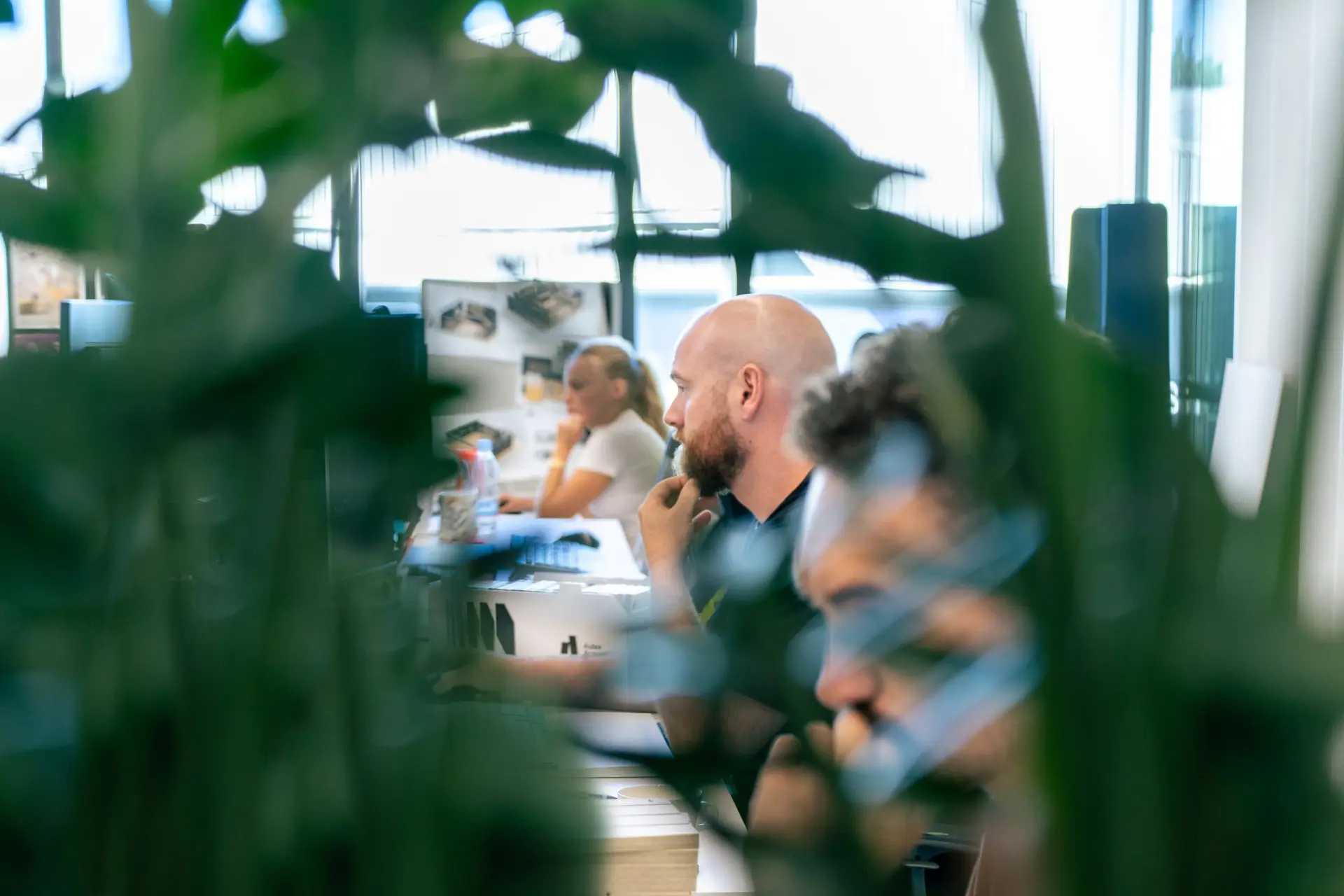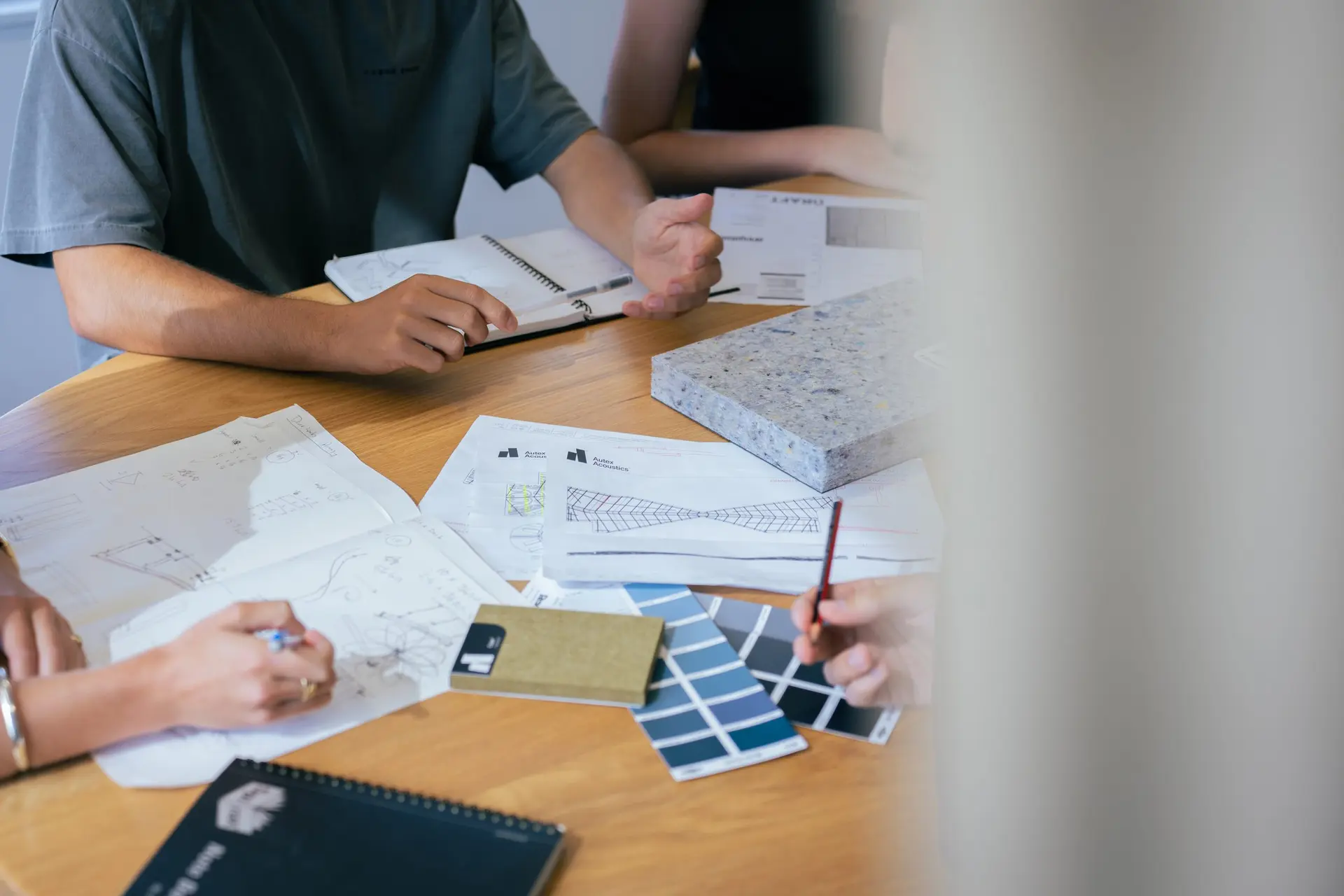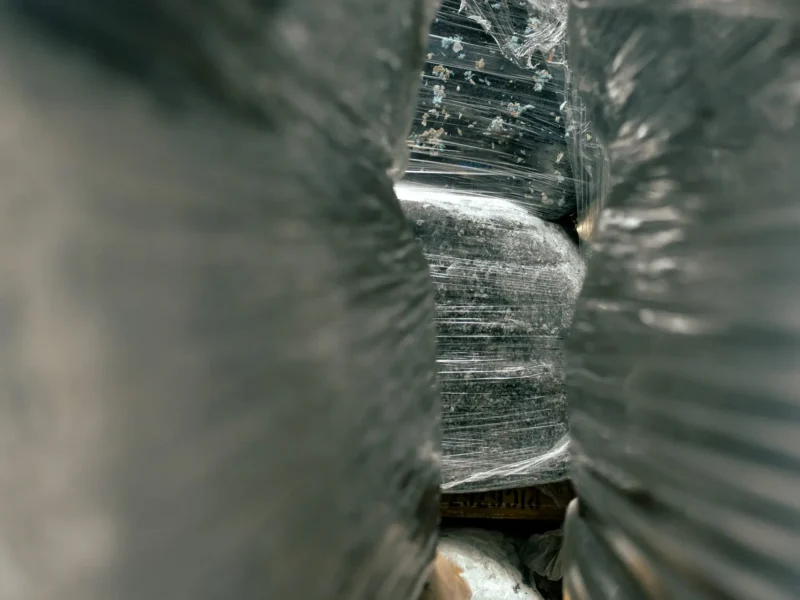To change the world, Autex Future Lab recognises that it must first transform the system. By helping manufacturers weave sustainable practices into every phase of their product design process, we are helping to steadily work towards their ambitions.
Today, the built environment accounts for 39% of global energy-related carbon emissions, with 11% attributed specifically to materials and construction. Given this significant contribution to global emissions, it’s no wonder that sustainability has become a top priority for many leaders in the construction sector.
For product designers and manufacturers, embracing this responsibility is more important than ever.
“Sustainable building products lead to sustainable buildings,” says Jonathan Mountfort, Autex Future Lab director. “To create a high-performing building, the products used in its construction must be as carefully considered as the building design itself.”
Achieving a net positive environmental impact requires the industry to embed sustainable practices at every stage—from initial design through to end-of-life disposal.
At Autex Future Lab, sustainability is deeply embedded in not just our core operations but also Autex Acoustics®, shaping their choices across product design, manufacturing, logistics, and daily activities.
A crucial part of this commitment is material management. Materials don’t just serve their purpose during a building’s life—they persist long after. Traditionally, much of this material has ended up in landfills, worsening the construction waste crisis.
To address this, products need to be created with circularity in mind—an approach Autex Acoustics proudly champions. Their initiatives include using a minimum of 60% recycled fibre, recycling all product off-cuts, offering a take-back programme, and maintaining certification as a carbon-neutral manufacturer.

However, Autex Acoustics’ sustainability journey doesn’t end with these basics. “We’re now looking beyond sustainability to embrace nature-positive and regenerative design practices where a product can have a positive impact on the climate, ecosystem, and human well-being,” Mountfort explains.
“We’re investing in design and research, pioneering new recycling systems, and building partnerships with other companies that share a similar ethos. In essence, we aim to inspire the industry to contribute to building the world we desire.”
By continuously pushing beyond the status quo, we are helping Autex Acoustics to lead by example, making it easier for design professionals to choose environmentally responsible solutions for their projects. As access to truly sustainable products grows, the built environment’s negative impact will steadily diminish.

